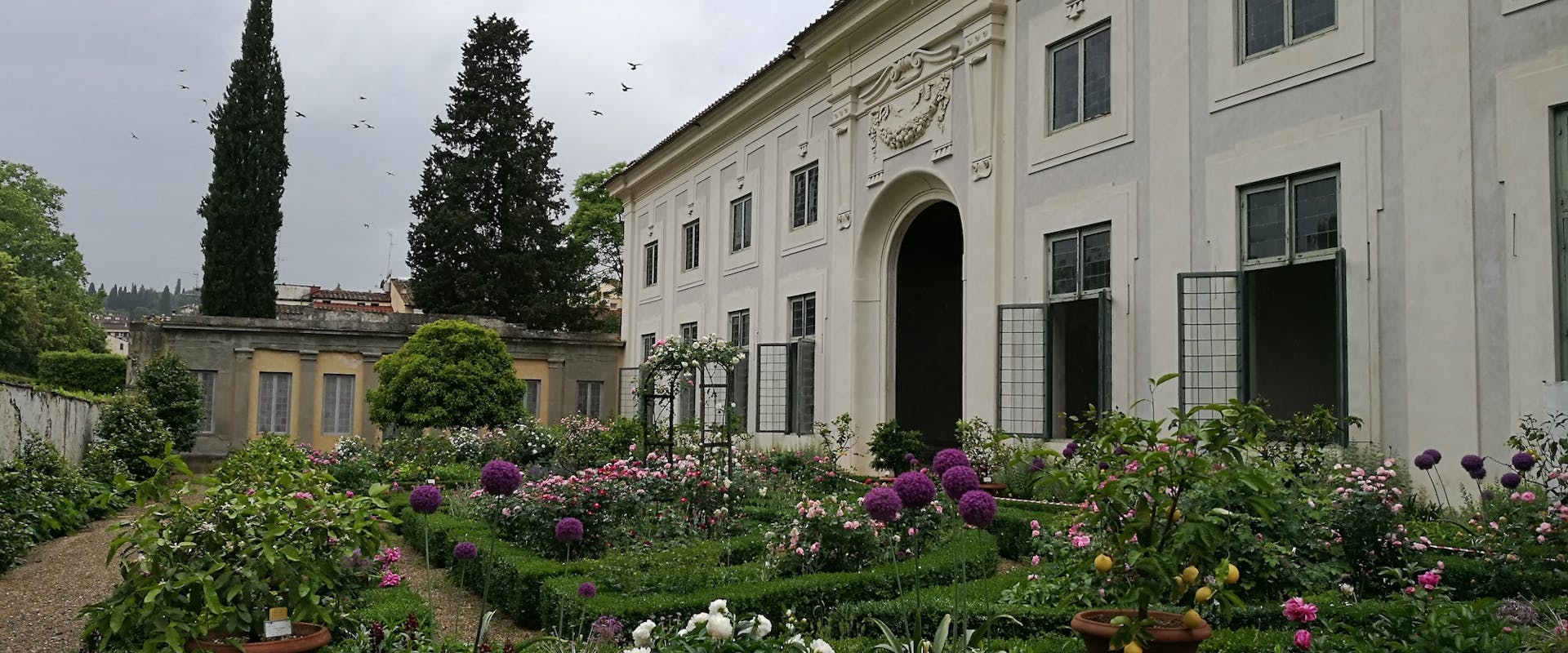Springtime in Boboli Gardens
The tradition of terracotta from Impruneta used to make new pots for the Medici citrus plants
A story five centuries long… a story of artful hands, skills passed down through the generations, simple materials, beauty and practicality: the story of the vases in terracotta from Impruneta (a small historical town south of Florence) produced since the late 16th century for the cultivation of the citrus plants in the Medici collection of the Boboli Garden. Professionalism and tradition combine to form unique products entirely made by hand, in line with the finest Italian production tradition. A story told by our gardener, Gianni Simonti, as he shows us the work of a master potter from Impruneta busy making a 70 cm diameter pot right before our eyes.
One of the initiatives staged as part of the “Boboli Springtime” project, financed by a donation from the Gucci fashion house, involves creating new pots for the historical collection of citrus plants in the Boboli Gardens.
As we know, the Medici collection of citrus plants in the Boboli Gardens was an idea promoted by Cosimo I de’ Medici in the late 1500s. To enable the many varieties grown there to survive the hardships of the Florentine winters, a decision was made to grow them in containers so that they could be located in the Italian-style gardens during the warm months and transferred to more sheltered environments in the colder months. Terracotta from Impruneta was the material chosen to make these containers, as it was easy to model, resistant, hardly damaged by the cold and relatively lightweight, not to mention that it could be sourced in potteries not very far from Florence. This was the supply chain used over time to ensure the Medici fine-tuned their pot growing activities, managing to perfect a cultivation method involving the use of soils mixed especially to meet the needs of the plants, and particular vases, the so-called “conche” which sported proportions and morphological characteristics, effective for satisfying the cultivation requirements of pot-grown citrus plants.
With the fall of the Medici family and the rise to power of the Lorena family, followed by the reign of the House of Savoy, the cultivation of citrus plants in pots continued in the Boboli Gardens, but the different aesthetic tastes of the new ruling families gradually led to the use of truncated conical vases in place of the original citrus tree pots characteristic of the Medici period. And so, to make the new set of pots for the citrus plants the deposits were searched for examples of those crafted in the early 1700s, to find the measurements, dimensions and fundamental characteristics that had made the citrus tree pots used by the gardeners of the Medici family unique.
The next stage was to commission the production of the new pots, based on the measurements identified, to a pottery in Impruneta that still operates using the ancient “colombino” technique, a type of hand moulding method for clay with its origins lost in time.
Given the unique nature of the commission and in view of the importance of the finished products, it was considered a good idea to produce a video of the crafting process, so preserving the memory of the work carried out.
